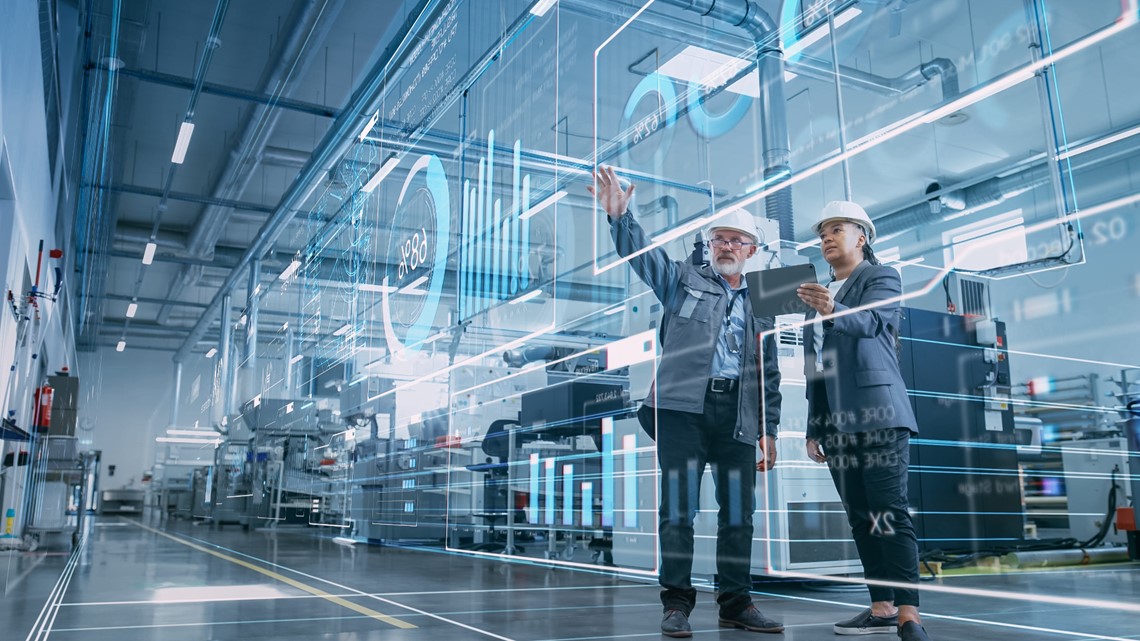Made in America: The Stumbling Blocks Derailing the Manufacturing Comeback

The Great American Manufacturing Comeback: Why Reshoring Remains a Challenge
In the wake of global supply chain disruptions and geopolitical tensions, many U.S. companies are eager to bring manufacturing back home. However, the dream of a robust domestic manufacturing renaissance is proving more complex than anticipated.
The primary obstacles blocking this ambitious reshoring effort are twofold: prohibitively high costs and significant infrastructure gaps. Manufacturers are discovering that rebuilding domestic production capabilities isn't as straightforward as simply deciding to return.
Substantial initial investments are required to establish new facilities, train specialized workforce, and develop the intricate supply networks that once thrived in American industrial centers. The cost of constructing modern manufacturing facilities far exceeds expectations, making many companies hesitate to commit.
Moreover, decades of offshoring have eroded the sophisticated manufacturing ecosystem that once made the United States an industrial powerhouse. Specialized skills, advanced machinery, and integrated supply chains have been gradually dismantled, creating substantial barriers to rapid reindustrialization.
While the desire to reshore manufacturing is strong, the practical challenges remain formidable. Companies are now carefully weighing the long-term strategic benefits against the immediate financial hurdles, seeking innovative solutions to revitalize domestic production.
